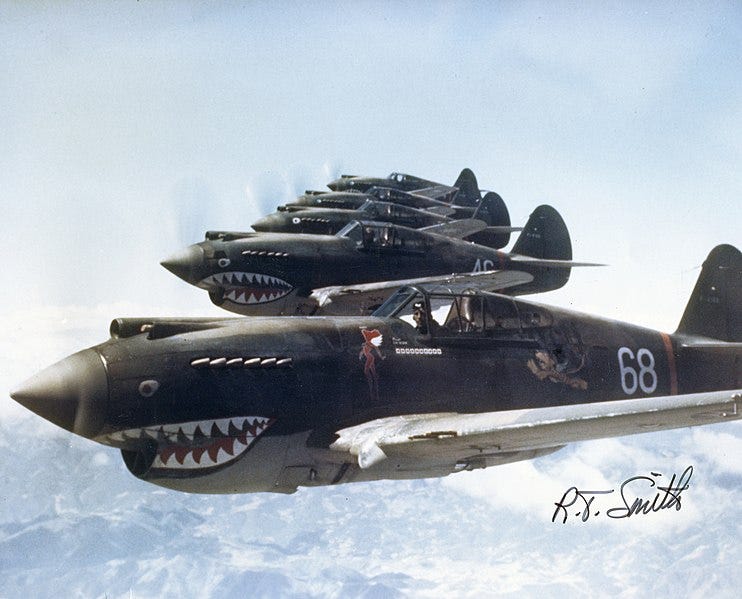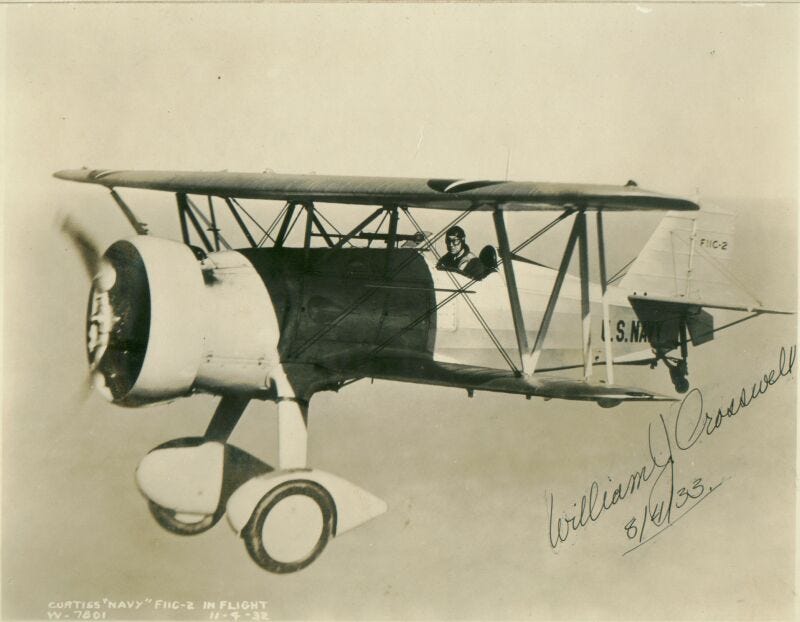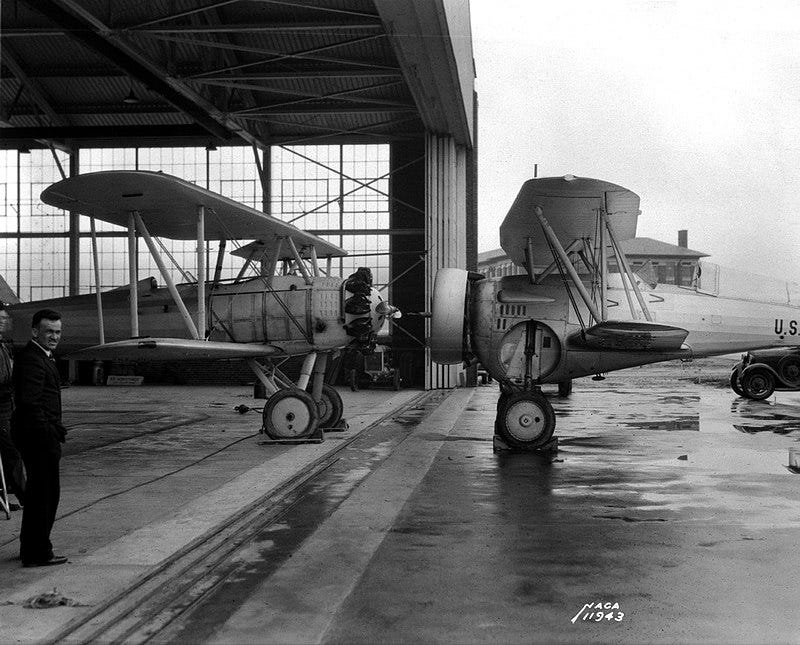The year is 1941, and the date is December 9th, and many Americans lost their lives in what the US government declared was a surprise attack by the Imperial Japanese Navy. The US would declare that, at the time, the US was neutral, and Japan had not issued a declaration of war against the US.
Except, the US wasn’t. The US were already involved in attacking Japan long before December 9th, 1941, in a pattern very reminiscent of the ‘hired mercenaries’ of modern warfare in proxy wars under the cover of darkness and plausible deniability.
Even before April 1941, the US had already chosen a side, and were already at war with Japan, a part of history most people won’t be familiar with, because it is not taught in any government financed school, and most historians don’t even know to look for it.
Even what is taught is swept under the carpet and given as little focus as possible, inconsistencies ignored, timings thrown out, records mysteriously absent.
US President Franklin D. Roosevelt certainly didn’t inform the public when he told them it was “a date that will live in infamy”, for all the wrong reasons. He would know, he signed the executive order calling for a clandestine special air unit to shoot and bomb Japanese targets back in April 1941, 7 months before Pearl Harbour.
US Were Already Engaging The Japanese
The US army, specifically the United States Army Air Corps — for they were the responsible division at the time, as the US air force had yet to exist — established a team of ‘volunteer’ American pilots, flying American planes, deployed in China, carrying Chinese insignias, whilst under American control and American financing…
…attacking Japanese targets, before Japan bombed Pearl Harbour. All whilst the US government insisted it was ‘neutral’ in the war, blaming Japan for not declaring war on the US. Someone forgot to mention the US failed to declare their act of war against the Japanese back in April 1941. Did Roosevelt conveniently forget?
These people who ran the ‘volunteer’ missions (‘retirement’ from the US military was mandatory) were known as the Flying Tigers. They flew American-made Curtis P-40B Warhawks with Chinese government insignias (example shown above). However they weren’t under Chinese control.
“Even while he commanded the American Volunteer Group in combat, his official job was adviser to the Central Bank of China, and his passport listed his occupation as a farmer.”
They were shuffled under a so-called ‘private military contractor’, the Central Aircraft Manufacturing Company, which was a flimsy Chinese proxy account designed to receive the Americans so they could pretend they weren’t under the US (why would a farmer be an advisor to a bank?). The deception went so far as having the pilots travel under civilian papers.
This even included not-rumour “rumours” of a kill bonus for every Japanese plane downed:
“There was not mention in the contract of a $500-bonus for every Japanese plane destroyed. Volunteers were told simply that there was a rumor that the Chinese government would pay $500 for each confirmed Jap plane. They could take the rumor for what it was worth. It turned out to be worth exactly $500 per plane.”
Officially, it is claimed the A.V.G. did not go into combat until after war between the US and Japan broke out, but this is likely due to the fact to state otherwise would pull the rug from under the ‘unprovoked attack’ narrative.
In truth that war was declared in secret when Roosevelt signed the clandestine document in April 1941 before the Japanese attacked.
“The Third A.V.G. squadron moved to Rangoon on December 12, 1941, to join the R.A.F. in the defense of Rangoon.”
Many sources point to the Third A.V.G.’s actions on December 12th 1941, trying to claim this was the A.V.G.’s first combat action via sleight-of-hand, but are mysteriously silent what the First and Second A.V.G. were doing before then.
The excuse given for the suspiciously convenient timing delaying them until mere days after Pearl Harbour is there were supposed delays (circular argument is circular!) in forming up the A.V.G., but clearly if there’s already a third group that is already operational, it implies both the First and Second were already operational before that date.
Another member of the Flying Tigers claimed he does not keep exact dates on when the first Flying Tiger arrived, but comments everyone had arrived by November:
[…] the last of the personnel arrived in November. I did not keep dates and do not remember exactly when the first group arrived but it was probably in August. […]
And yet in the same story gives oddly specific “exact” dates (who gave them the instructions?):
It happened exactly that way, and in late July, 1941, we were separated from the Marine Corps and instructed to proceed to Los Angeles where we would meet with others and receive instructions for our departure to the Orient. On August 26, 1941, we sailed from Los Angeles on the Dutch passenger cargo ship, "Zaandam." Our group consisted of six pilots and about thirty ground crew.
However, the A.V.G. story of them not seeing combat prior to December 1941 falls through on this part:
Chennault taught us everything he knew about the Japanese -- knowledge recorded in his notebooks from the previous four years of combat in China.
If the A.V.G. never flew any combat missions against the Japanese until December 1941, where did Chennault get his 4 years worth of air combat experience against the Japanese from to be able to teach it to the new recruits? Clearly he had already been involved in attacks on Japanese.
Chennaultimate Compromise
This is Chennault, an American military aviator who “retired” from the U.S. Army Air Corps with the rank of captain in 1937, to become an advisor to the Chinese during their war with Japan (this might sound familiar, to the “advisors” found in the Ukraine war).
Chennault was the lead head of the A.V.G. Somehow, despite the hazy memory of one member of the A.V.G. claiming the first group only arriving by August 1941… Chennault was already there by 1937.
Exactly four years worth of experience between 1937 to 1941. Meaning Chennault — as part of the A.V.G. — had been flying combat missions against the Japanese before December 1941. And you don’t typically fly sorties without a ground crew, engineers, and a team of wingmen.
Chennault was cagey about who exactly he was flying with, if anybody. The Chinese didn’t really have an airforce (hence the American supplied planes), and the Americans weren’t working with the Soviets at the time (who had withdrawn due to their treaty with Germany).
Rumours Abound
Another A.V.G. member mentioned how they had heard rumours back in 1940 of Americans working under the Dutch in Java (an area at war with the Japanese), and Americans in China (notice it does not say under the Chinese). We already know from earlier the so-called ‘rumours’, weren’t.
It was during our stay in Guantanamo that we First heard rumors of American pilots flying for the Dutch in Java and even some rumors of Americans in China. We had, of course, read and heard a good deal of the Eagle Squadron of the R.A.F. and of Americans joining the Royal Canadian Air Force to fight in England. But all of this seemed far, far away from Guantanamo.
It is doubtful those “Americans in China” were just standing around doing nothing for nearly 2 years prior to December 1941. And they certainly wouldn’t have been much use against Japanese planes without proper equipment, as in 1937 the Chinese airforce consisted of Hawk II and Hawk III biplanes. Practically useless against the much faster Japanese Zeroes.
The context was obvious. The US military had already technically gone to war with Japan, supplying aircraft equipment, men and arms to their nearest adversary.
In 1938, the American manufacturer Curtiss Aeroplane and Motor Company supplied China with Hawk 75 and Hawk 75N, their weird naming a flimsy attempt to obfuscate by suggesting they might be more of the same Hawk II and Hawk III biplanes. But they weren’t.
These planes go by another name most WW2 aviation enthusiasts are much more familiar with: the P-36 Hawk. The precursor to the Curtis P-40B Warhawks used by the A.V.G. Chennault himself used the P-36 Hawk during the earlier years. After all, how else would the man have gotten aerial combat experience for 4 years against the Japanese? It certainly wouldn’t have been in an antiquated biplane.
The Americans were already arming and equipping the Chinese aviation with advisors four years before Pearl Harbour, and modern fighter aircraft, three years before Pearl Harbour.
But it wasn’t simply a case of free market capitalism, for they also supplied the pilots, ground crew and the “advisors” (which typically aren’t for sale in a military structure), and certainly they didn’t sell any P-36 Hawks to Japan or “neutrally” offer them any advisors or pilots either.
So Yet Another American Proxy War Spark
Surprise of surprises: When America entered the war with Japan, it does what it did with all current wars. Fight in secret using third-party proxies until the other side retaliates directly knowing what is going on, then falsely proclaim they’re the innocent victim in the war and use it to galvanise the now outraged public into action.
A lie exposed by the simple fact Chennault had 4 years worth of aerial combat experience against Japanese fighter planes during a period when the US insists none of the A.V.G. members engaged in any attacks against Japan prior to Pearl Harbour.
Given what we know about American military behaviour in every other theatre (Vietnam, Iraq, Afghanistan, Libya, Syria, Iran, Ukraine etc), is it really surprising the proxy war aspect started as far back as World War 2?
Will the historical record be corrected to reflect America’s non-neutral status pre-Pearl Harbour? And will the flight logs and activities of the A.V.G., including Chennault’s work and his basis for Japanese aerial combat experience prior to December 1941, be published in the interests of historical accuracy?
Subscribe to receive more content from The Daily Beagle.
Raise awareness, share!
And leave a comment below (paid subscribers only):













Nice change of pace, UD. Heh its funny you brought up Chennault's Flying Tigers. I read a book in Middle School about them. The Flying Tigers were described as American volunteer mercenaries similar to the volunteers that flew for Britain. The P-40s were inferior to Japanese craft and so they had to develop special tactics. The book made very clear that the forces were fighting on behalf of Kai-Shek's Nationalist government-in-exile. Plausible deniability has been around for a long time.
In regards to provocations, one could also mention the Lend-Lease Act. Another would be the oil embargo Roosevelt forced on the Japanese. Economic sanctions are nothing new. Roosevelt needed a solid causus belli.
The US has cracked the JN-25 code and knew everything the Japanese did. Roosevelt knew Pearl Harbor was being attacked and stood by. Funny how all the carriers set to sea but nearly all of the old legacy fleet was in harbor. American boys had to die so that the traitorous Roosevelt could get his war. Ordo ab chao.